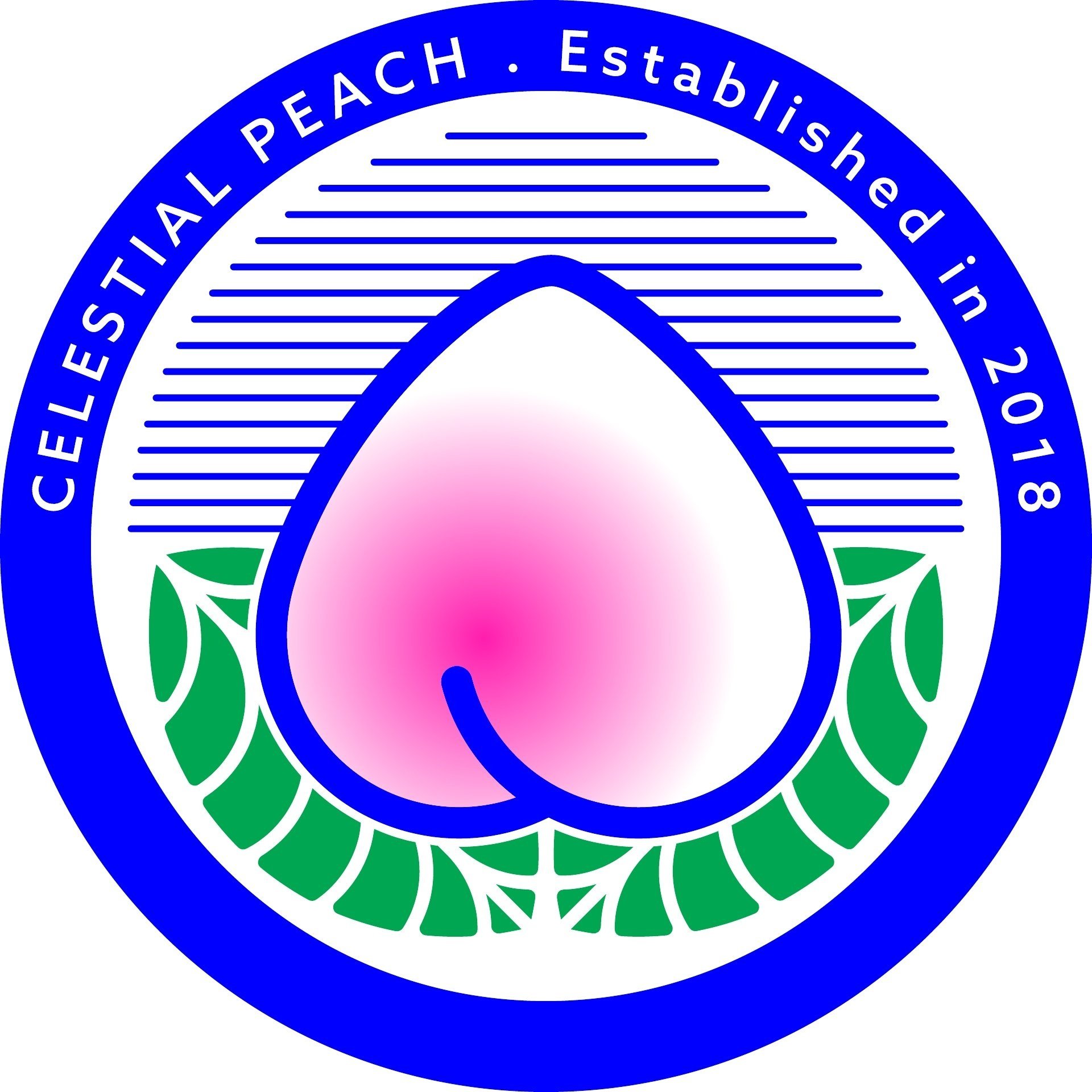Recipe: Hakka Lei Cha 'Thunder Tea' Rice
I hear ‘regional Chinese food’ being talked about a lot, but there’s something too boxy about it. I’m no anthropologist but using region as a way to slice the Chinese pie glosses over some other prefixes to cuisine – like ethnic (sometimes called ‘minority’) or diasporic.
One much-loved cuisine that doesn’t fit the ‘regional’ profile is Hakka. If you were to reduce a poignant and complex origin story to one sentence, it’s that the Hakka are often considered the ‘Jews’ of China. Though ethnically Han, over centuries the nomadic Hakka have settled far and wide, from Taiwan to Mauritius. Still – they’re defined by their own language group (NB not dialect) and cultural practices, including cuisine. Wherever the Hakka went, they took what they knew and loved, and adapted it to their new surroundings. Yet their food retained a core identity despite the regional differences. For more on Hakka food, look no further than the Hakka Cookbook by Linda Lau Anusasananan.
I decided to prepare my own lei cha 擂茶, ground tea, also known as thunder tea. A quintessential Hakka tea soup with lots of fragrant herbs traditionally pounded with seeds and nuts, the sound of which begot its moniker. I always seek it out when in Singapore because it’s the healthiest, most delicious vegetarian thing you can find in a hawker centre! The protagonist is the tea, which is then poured over rice and various toppings such as fresh vegetables, preserved radish, tofu, salted peanuts and tiny fried anchovies. I made my lei cha paste with oolong leaves and whatever herbs were available in the UK, and then raided the fridge for spare toppings.
A lot of Chinese people probably don’t know of this dish if they’re not acquainted with Hakka food or didn’t happen to be stumbling around a Singaporean or Malaysian hawker centre. Recently I have found much joy in discovering regional-but-not-regional Chinese cuisines – and finding out what links them all back to the essence of ‘Chinese-ness’, especially in the diaspora.
Anusasananan aptly singles out one quality in her Hakka Cookbook: and that is that ‘adaptation’ is central to this shared identity:
“A long history of migration forced the Hakka to new environments, often harsh and inhospitable. To survive, the Hakka learned to adapt. They accepted their new phase, figured out how to best survive in these new conditions, and acted to succeed. This is the Hakka story, repeated over and over, as they migrated all over the world.”
Below is the recipe by Linda Lau Anusasananan herself, which was my main point of reference.
Let me know if you try this recipe and share your results on Instagram with #CelestialPeach.
Ingredients (makes ~ 6-8 servings)
2 cups fresh Thai or Italian basil leaves
2 cups fresh mint leaves
2 tsp vegetable oil
1 tsp chopped garlic
1/4 cup chopped cilantro
1 TB dried green tea leaves
6 black peppercorns
2/3 cup roasted salted peanuts
3 TB toasted sesame seeds
1 cup cold water
4 cups boiling water
1 tsp kosher salt, or to taste
Instructions
Coarsely chop basil and mint. Set a 10- to 12-inch frying pan over medium-high heat . When the pan is hot, add the oil and rotate the pan to spread. Add the garlic and stir until soft, about 30 seconds. Add the basil, mint and cilantro; stir-fry just until the herbs turn bright green, about 30 seconds. Remove herbs from the pan.
In a blender, finely grind the tea leaves and peppercorns. Add the peanuts and sesame seeds; blend until finely ground. Add the basil mixture and cold water, and blend until smooth.
Just before serving, add 1 cup of the boiling water to herb mixture in blender and whizz until smooth. Pour tea into a pot or pan with deep sides. Add the remaining 3 cups boiling water and salt; whisk until blended. Stir over medium heat until hot. Serve hot.







